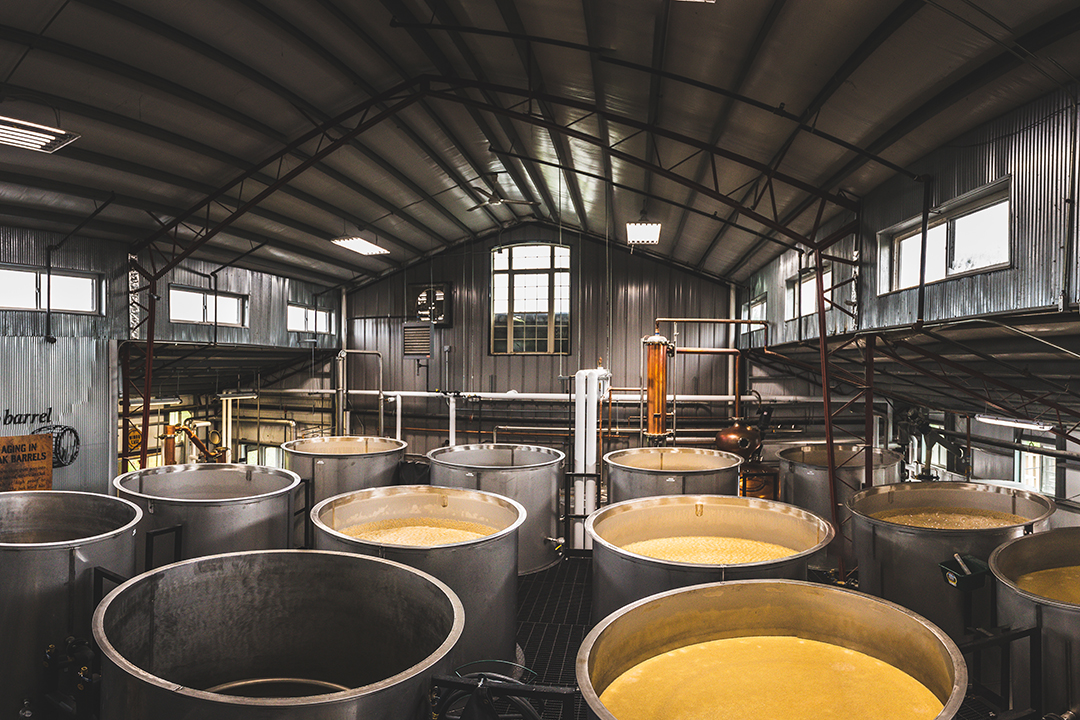When you sip Yellowstone Bourbon, you’re tasting more than just whiskey. You’re experiencing
over a century of tradition, craft, and heritage distilled into a single glass.
Established in 1872 to honor America’s first national park, Yellowstone Bourbon has long been
a tribute to the spirit of exploration and wonder. Today, that legacy continues under the
guidance of Stephen Beam at Limestone Branch Distillery.
Here’s a deep dive into the fascinating process of making Yellowstone Bourbon, from the grain
to the glass.
1. It All Starts with the Grain
At the heart of every bourbon lies the mash bill—a unique recipe of grains that gives each
whiskey its distinct flavor profile. For Yellowstone, the mash bill consists of 75% open-pollinated
white heirloom corn, 13% rye, and 12% malted barley. This combination is what helps give
Yellowstone its smooth yet slightly spicy character.
Corn, the predominant grain, is responsible for bourbon’s signature sweetness. Rye adds a bit
of spice and barley contributes to the overall body and depth. This recipe traces its roots back to
notes from Stephen Beam’s grandfather, ensuring that each bottle of Yellowstone Bourbon is
connected to the past.
2. Cooking the Mash
At Limestone Branch Distillery, the process of making bourbon is as much about tradition as it is
about precision. Yellowstone Bourbon’s mash is cooked using an old-fashioned, three-stage
open cook. The first stage involves boiling the corn at temperatures above 200 degrees to break
down its starches.
Once the corn has been fully cooked, the temperature is gradually lowered to introduce rye and
then lowered again for the final addition of malted barley. Many large distilleries cook all their
grains together in one step, but Yellowstone’s careful three-stage process allows each grain to
release its distinct flavors, resulting in a more nuanced whiskey.
3. A Family Yeast Strain
After cooking the mash, the temperature is reduced, and it’s time to pitch the yeast. The yeast
strain used for Yellowstone Bourbon is an extraordinary part of the process. It’s not just any yeast—a strain used by Stephen and Paul Beam’s great-grandfather, reclaimed from a yeast
jug on display at the Oscar Getz Whiskey Museum in Bardstown, Kentucky.
This yeast, with deep roots in the Beam family’s whiskey-making history, is crucial in converting
sugars into alcohol. The fermentation process lasts around 72 hours, creating what is known as
distillers beer—a liquid with 8% to 10% alcohol.
4. The First Distillation
Once fermentation is complete, the distillers beer enters a 600-gallon pot still for what’s called a
“stripping run.” In this first distillation, the beer is transformed into what’s known as low wine—an
alcohol-rich liquid containing around 25% to 30% alcohol by volume.
5. The Final Distillation
The low wine then goes through a second, more refined distillation process in a traditional
alembic still. This process, called “making the cuts,” involves boiling off various volatile
compounds in stages: the foreshot, the head, the tails, and finally, the heart. The heart of the
distillate is the purest and most flavorful part, and it’s what will ultimately be aged to become
Yellowstone Bourbon.
After the final distillation, the whiskey is close to 100 proof, ready to be transferred into barrels.
6. Into the Barrels
The final step in Yellowstone Bourbon’s production is barreling. As required for all bourbons,
each batch of whiskey is placed into new, charred oak barrels. In these barrels, the whiskey
begins its slow transformation, soaking up rich caramel and vanilla notes from the wood over
time.
Each 53-gallon barrel holds the spirit of 600 gallons of water and 950 pounds of grain—distilled
down to its purest essence. While aging, the whiskey interacts with the charred wood,
deepening in complexity and color. The result is a smooth, balanced bourbon that captures the
rugged beauty and spirit of its namesake, Yellowstone National Park.
A Tradition of Craftsmanship
Stephen Beam’s connection to the whiskey world runs deep. His family lineage includes some
of the most iconic names in bourbon history, and this rich heritage informs every bottle of
Yellowstone Bourbon. Whether it’s the carefully curated mash bill or the use of family yeast, the
process behind Yellowstone is steeped in tradition.
But even as Yellowstone Bourbon stays true to its roots, it’s also a brand that embraces
innovation. Revived in 2015 with Yellowstone Select, the bourbon has found new life at
Limestone Branch Distillery, where it continues to earn accolades for its craft, quality, and story.
The Magic Behind the Bottle
Distilling whiskey is both an art and a science, and you can learn more about it here. From the
precise cooking of the grains to the magic of fermentation and distillation, every step is carefully
managed to create a bourbon that stands out in taste and character.
For those looking to learn even more about this legendary bourbon, Limestone Branch Distillery
offers tours. Visitors can witness firsthand the intricate process behind each bottle, from 200-
year-old artifacts to a taste of the award-winning portfolio. It’s an experience as rich and storied
as the bourbon itself.
You can also find Yellowstone Bourbon near you.
